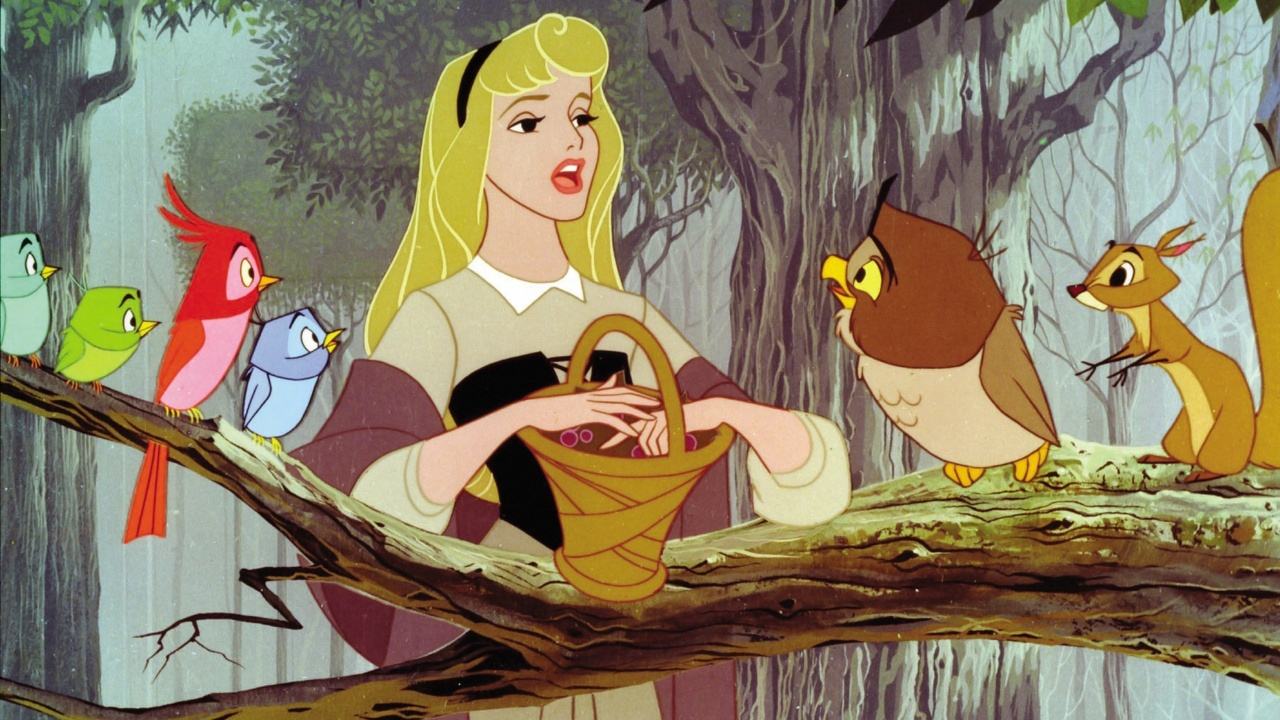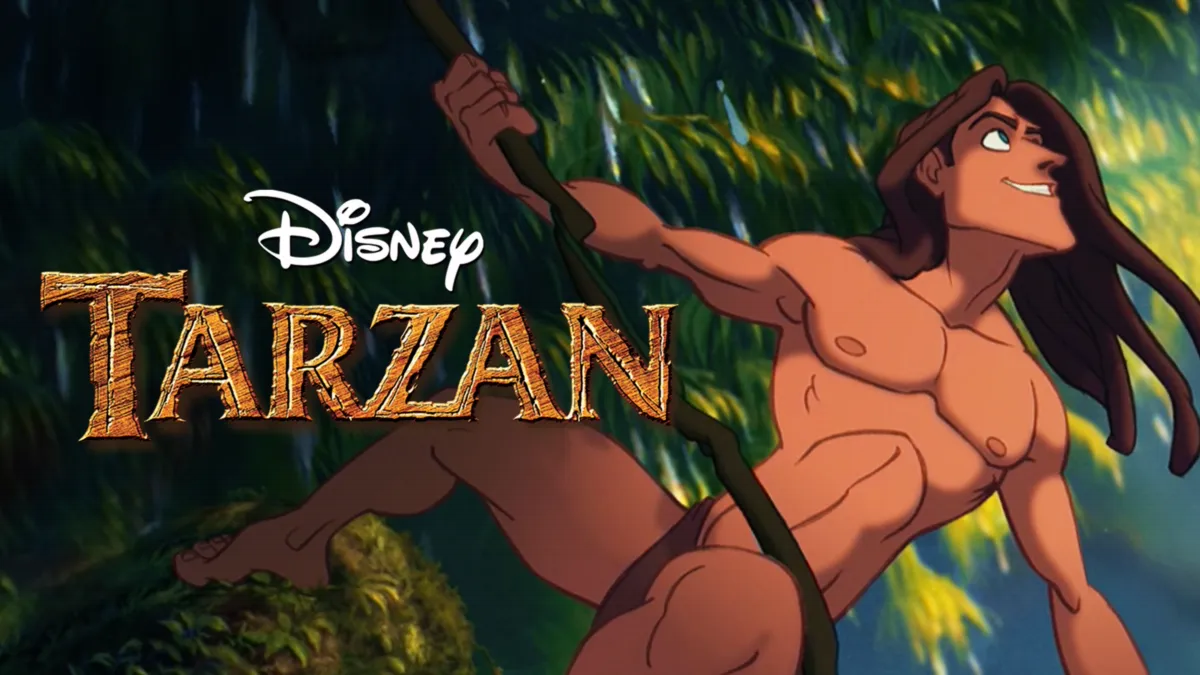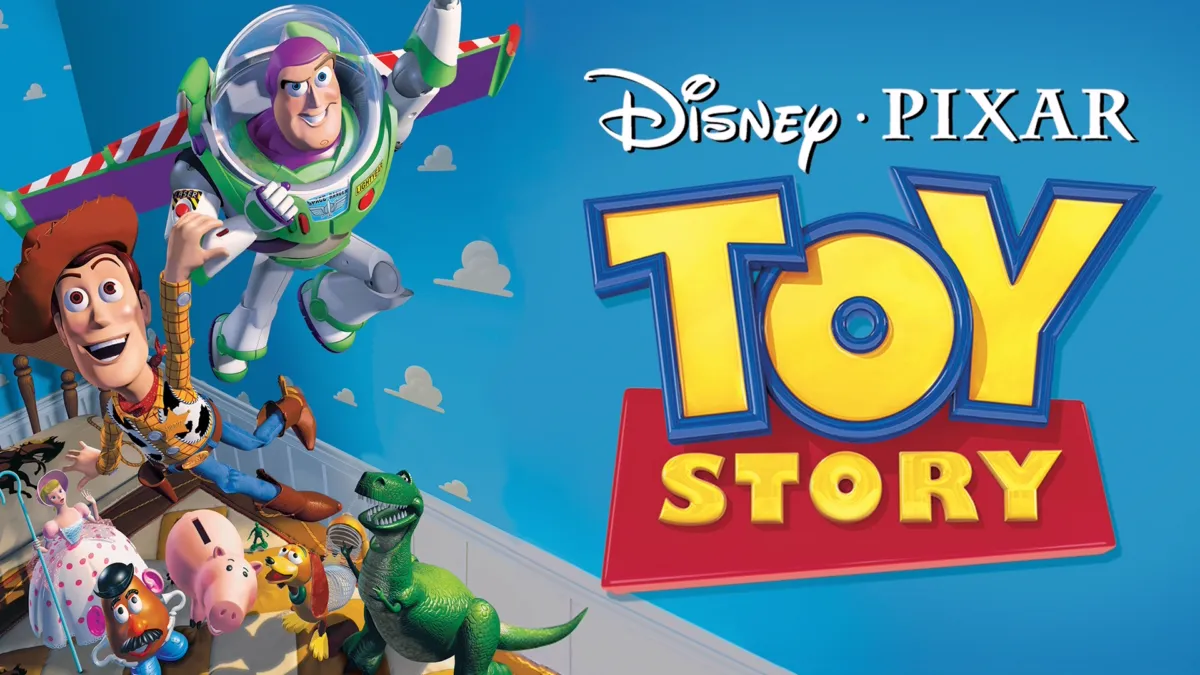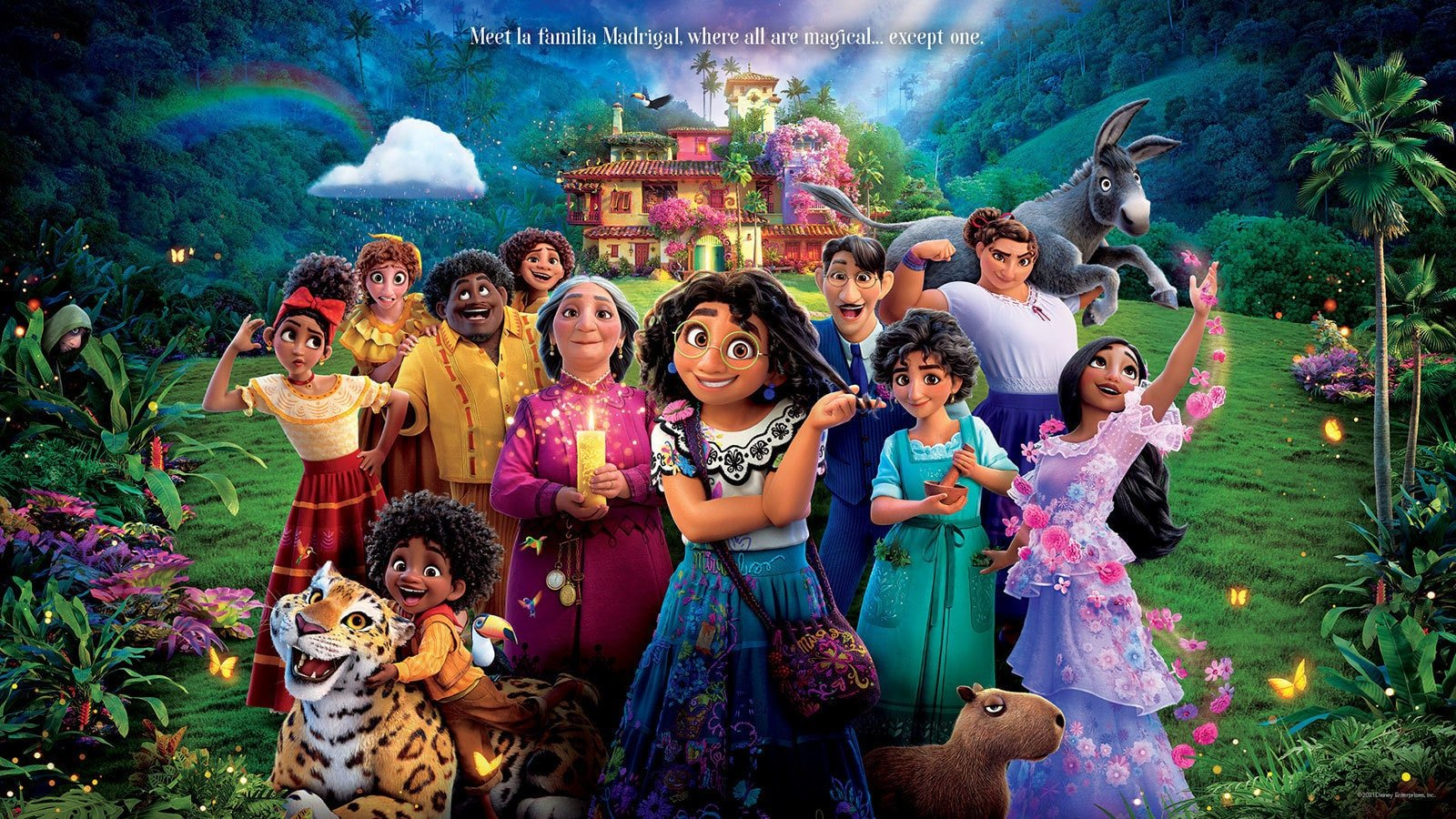The evolution of Disney and how it became a symbol of happiness
The journey of Disney's distinctive animation style spans nearly a century, evolving from simple black and white cartoons to sophisticated 3D computer-generated imagery. This transformation hasn't just changed how animated films look – it's helped shape Disney into a universal symbol of joy and wonder.
The Early Years: Establishing the "Disney Style" (1920s-1950s)
Walt Disney revolutionized animation through pioneering techniques and a distinctive visual style that would become the foundation of the company's identity. Let's explore the key elements that defined early Disney animation:
| Character Design | Animation Principles | Artistic Innovation |
|---|---|---|
| Round, soft shapes; Large, expressive eye; Exaggerated features; Child-like proportions | Squash and stretch; Anticipation; Follow-through; Arcs and timing | Multi-plane camera; Color harmony; Dynamic lighting; Detailed backgrounds |
The evolution of Disney's signature style can be traced through several breakthrough innovations:
- Early Character Development (1928-1935)
- Mickey Mouse: Simple circles and rubber hose animation
- Silly Symphonies: Experimentation with color and movement
- Technical Innovations
- Introduction of the multi-plane camera for depth
- Development of specialized animation tools
Snow White and the Seven Dwarfs (1937) represented the culmination of these developments.
"Snow White was a tremendous gamble, but it paid off by establishing Disney as the pioneer in feature animation. The film's success proved that audiences would embrace animation as a serious storytelling medium." - Animation Historian John Canemaker
The film's unprecedented artistic detail and emotional depth set new standards for animation, influencing generations of artists and filmmakers to come.

The Golden Age: Perfecting Traditional Animation (1950s-1980s)
The Golden Age marked a crucial period where Disney perfected its signature animation style through innovative techniques and artistic principles:
| Visual Elements | Technical Innovations | Artistic Impact |
|---|---|---|
| Rich jewel tones and pastels; Hand-painted cel animations; Atmospheric lighting effects; Nature-inspired color schemes | Advanced multiplane shots; Xerography process (1959+); Enhanced depth perception; Improved camera movements | Influenced modern animation; Set industry standards; Created timeless aesthetics; Defined "Disney look" |
Key developments during this transformative era included:
- Color and Composition
- Implementation of the "Color Script" system to maintain consistency
- Development of specialized paint mixtures for unique effects
- Introduction of "mood lighting" techniques for emotional impact
- Background Innovation
- Creation of parallax scrolling effects for depth
- Integration of European art influences in background styling
- Development of the "dimensional styling" technique
"The artistic advancement during Disney's Golden Age wasn't just about technical innovation - it was about creating a visual language that could speak to audiences across generations." - Frank Thomas, One of Disney's Nine Old Men
These innovations culminated in masterpieces like "Sleeping Beauty" (1959) and "The Jungle Book" (1967), which showcased unprecedented levels of artistic sophistication:

- Character Design Evolution
- More anatomically accurate proportions while maintaining appeal
- Enhanced facial expression systems
- Integration of live-action reference for natural movement
The impact of these developments continues to influence animation today, setting standards for artistic excellence and storytelling through visual design.
The Renaissance: Blending Tradition with Innovation (1989-1999)
The Disney Renaissance (1989-1999) revolutionized animation by combining traditional techniques with modern innovation. This transformative period introduced several groundbreaking elements:
| Visual Innovation | Technical Advancement | Storytelling Evolution |
|---|---|---|
| Dramatic lighting effects; Rich color palettes; Dynamic compositions; Enhanced depth perception | CAPS (Computer Animation Production System); Digital ink and paint; Computer-generated effects; Automated camera movements | Complex character arcs; Musical integration; Multi-layered narratives; Enhanced emotional depth |
Key Technical Achievements:
- Camera Work
- Sweeping 360-degree movements in "Beauty and the Beast" ballroom scene
- Multi-plane effects in "The Lion King's" wildebeest stampede
- Dynamic chase sequences in "Aladdin's" Cave of Wonders
- Computer Integration
- 3D-rendered objects in "Beauty and the Beast" (1991)
- Digital particle effects in "Pocahontas" (1995)
- Enhanced background depth in "Tarzan" (1999)

"The Renaissance period wasn't just about technical innovation - it was about finding new ways to tell timeless stories. We pushed the boundaries of what animation could achieve while staying true to Disney's core artistic principles." - Glen Keane, Lead Animator
Landmark Films of the Era:
| Film | Year | Technical Innovation | Cultural Impact |
|---|---|---|---|
| The Little Mermaid | 1989 | Digital ink and paint | Revived Disney animation |
| Beauty and the Beast | 1991 | CGI/traditional hybrid | First animated Best Picture nominee |
| Aladdin | 1992 | Digital effects animation | New standard for character animation |
| The Lion King | 1994 | Computer-assisted backgrounds | Highest-grossing traditionally animated film |
The Pixar Revolution: A New Digital Frontier
When Pixar emerged in the 1990s, it revolutionized the animation industry while preserving Disney's storytelling magic. Here's a detailed look at their groundbreaking achievements:
| Technical Innovation | Creative Impact | Industry Influence |
|---|---|---|
| RenderMan software; Subdivision surface modeling; Global illumination; Particle systems | Realistic surface textures; Fluid character movement; Dynamic lighting effects; Organic environments | Set new animation standards; Inspired countless studios; Reformed production pipelines; Revolutionized CGI workflow |
Key Technological Breakthroughs:
- Advanced Animation Systems
- Proprietary "Marionette" character rigging system
- Physics-based simulation for clothing and hair
- Facial animation system with over 700 control points
- Rendering Innovations
- Photorealistic material shading
- Advanced ray tracing capabilities
- Custom volumetric lighting solutions
"Pixar didn't just create new technology - we developed new ways of thinking about animation. Every technical innovation was in service of the story." - Ed Catmull, Pixar Co-founder
The phenomenal success of "Toy Story" (1995) - grossing over $373 million worldwide - definitively proved that computer animation could rival traditional techniques in creating emotionally compelling narratives. This achievement marked the beginning of a new era in animation history.

Modern Era: The Best of Both Worlds
Today's Disney and Pixar films represent an unprecedented fusion of artistic vision and technological innovation. Here's a detailed look at their modern capabilities:
| Technical Achievement | Specific Implementation | Impact on Storytelling |
|---|---|---|
| Photorealistic Rendering | Path tracing technology, physically-based materials, dynamic global illumination | Creates believable worlds that maintain artistic style |
| Character Animation | Advanced muscle systems, real-time preview tools, AI-assisted movement | Enables more nuanced emotional expression |
| Environmental Effects | Volumetric lighting, particle simulation, weather dynamics | Builds atmospheric and immersive scenes |
Recent Technical Milestones:
- Rendering Innovation
- Water simulation in "Moana" (2016) using new fluid dynamics system
- "Soul" (2020) pioneering new techniques for depicting abstract concepts
- "Turning Red" (2022) developing fur technology for 400+ unique characters
"The technology we use today would have seemed like magic even ten years ago, but it's still in service of the same goal: creating emotional connections with our audience." - Pete Docter, Chief Creative Officer, Pixar

Modern Disney-Pixar productions showcase this technical mastery through:
- Real-time rendering preview systems for immediate artistic feedback
- Custom physics engines that blend realism with stylized animation
- Machine learning tools for crowd simulation and background animation
- Proprietary software that combines traditional animation principles with digital innovation
Films like "Frozen" (2013) and "Encanto" (2021) demonstrate how these technological advances create visually stunning worlds while maintaining the emotional core that has always defined Disney storytelling. For example, "Frozen" required the development of a new snow simulation system, while "Encanto" pushed the boundaries of lighting technology to bring the magical casita to life.
The Secret Behind Disney's Universal Appeal
Disney's success in becoming a symbol of happiness can be attributed to several key factors that work together to create a powerful emotional connection with audiences worldwide:
1. Visual Language That Speaks to the Heart
| Design Element | Specific Features | Emotional Impact |
|---|---|---|
| Character Design | Round, soft shapes; Large expressive eyes; Exaggerated features | Creates instant appeal and relatability |
| Color Palette | Warm, inviting tones; Rich, saturated colors; Harmonious combinations | Evokes comfort and emotional warmth |
| Movement | Fluid animation; Natural gestures; Graceful transitions | Brings characters to life believably |
2. Masterful Emotional Storytelling
- Character Expression
- Over 50 unique facial muscle movements mapped for each main character
- Custom-developed software for subtle micro-expressions
- Integration of real human emotional references
"Animation can explain whatever the mind of man can conceive. This facility makes it the most versatile and explicit means of communication yet devised for quick mass appreciation." - Walt Disney
3. Cultural Resonance and Accessibility
- Universal Themes
- Family relationships explored in "Coco" and "Encanto"
- Coming-of-age stories like "Moana" and "Frozen"
- Friendship and loyalty themes in "Toy Story" series
4. Technical Innovation with Purpose
| Innovation | Example | Impact |
|---|---|---|
| Rendering Technology | Path tracing in "Frozen 2" | Created magical ice effects that enhanced story |
| Character Systems | Muscle simulation in "Big Hero 6" | Enabled more nuanced emotional expression |
| Environmental Effects | Water systems in "Moana" | Brought the ocean to life as a character |
These elements combine to create a unique artistic signature that audiences worldwide instantly recognize and connect with emotionally. Each technological advancement serves the greater purpose of storytelling, ensuring that Disney remains at the forefront of both technical innovation and emotional resonance.
5. Use Video Style Transfer on Morph Studio to create cartoon style videos
Modern technology has revolutionized animation creation, particularly through AI-powered tools like Morph Studio. Our platform offers Style Transfer capabilities that can transform ordinary videos into captivating cartoon-style animations.
Click HERE to go to Morph Studio Video Style Transfer.
.png)
Simple Process:
- Start : Simply upload your video to Morph Studio's Video Style Transfer platform.
- Transform : Pick your preferred cartoon style filter from the available options.
- Finish : Wait briefly while the AI processes your video, then download your transformed creation.
Our innovative technology democratizes animation creation, allowing anyone to produce charming cartoon-style videos that capture Disney's magical aesthetic while adding their own creative touch.
Conclusion
The evolution of Disney's visual style represents more than just technical advancement – it's a testament to the power of combining artistic vision with technological innovation. From Mickey Mouse's first appearance to the latest Pixar release, Disney has maintained its position as a symbol of happiness by consistently delivering visually stunning, emotionally resonant stories that continue to captivate audiences worldwide.
Whether through hand-drawn animation or computer-generated imagery, Disney and Pixar's commitment to visual excellence and emotional storytelling ensures their place as pioneers in animation and purveyors of joy for generations to come.